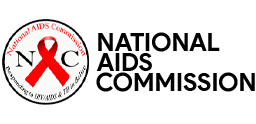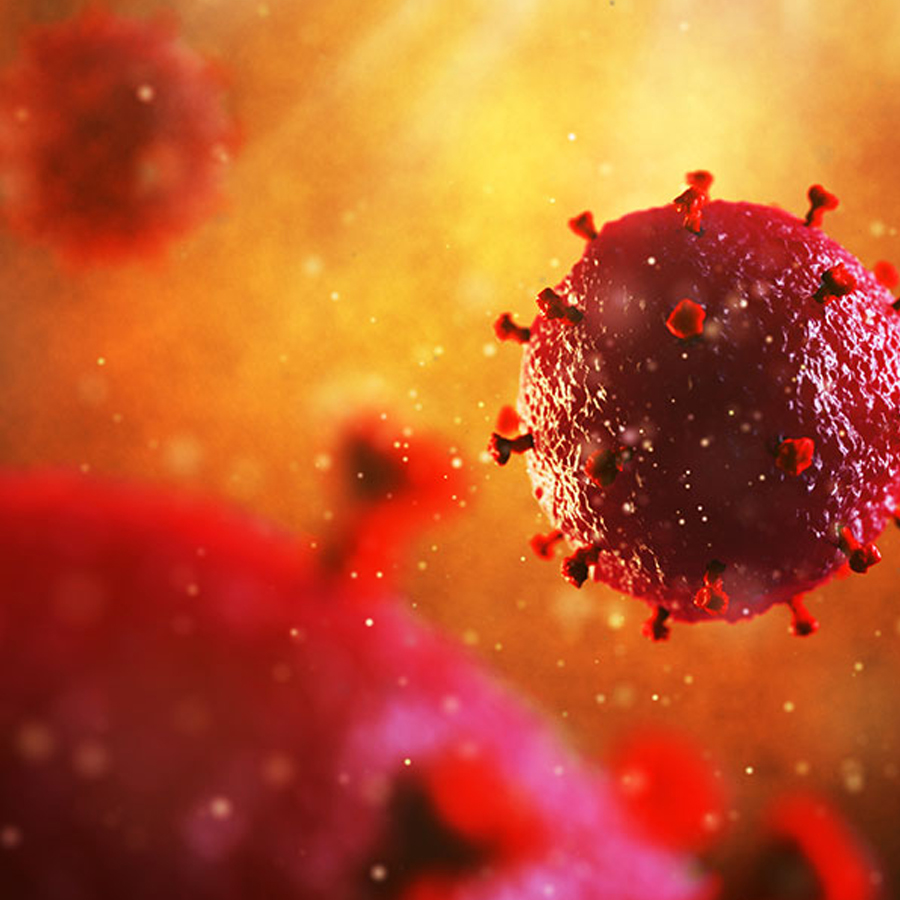There is no evidence that moderate drinking does any harm to people with HIV. However, if you have hepatitis or high levels of blood fats, then you may be advised to stop drinking alcohol or cut down alcohol consumption.
However, alcohol dependency is common among those with HIV and heavy drinking may affect your immune system and slow down recovery from infections. Studies conducted in both animals and in test tubes suggest that alcohol can interfere with the normal functions of various components of our immune system, impairing our body’s immune response to infection.
HIV-positive people who drink heavily and who are not on anti-HIV drugs tend to have lower CD4 counts (a measure of immune system function) than moderate drinkers.
While, the same difference in CD4 count isn’t true for heavy drinkers who are taking anti-HIV drugs, they are more likely to miss doses of their treatment than those who don’t drink. Alcohol can also damage the liver and a healthy liver is important for the body to process some antiretroviral medicines effectively. The blood fat increases caused by some anti-HIV drugs can be made worse by heavy drinking.
People who have hepatitis as well as HIV are advised not to drink alcohol at all, or to keep alcohol consumption to a minimum. People whose liver has been damaged by drinking too much alcohol (especially if they have hepatitis) are more likely to experience side-effects from anti-HIV drugs, particularly protease inhibitors.
There are no significant interactions between any of the currently available anti-HIV drugs and alcohol but alcohol can react badly with certain medicines (e.g. rifampicin, rifabutin, metronidazole). It is important to check with your pharmacist that alcohol is safe to drink with any medicines you are prescribed.
Alcohol can cause vomiting. If you vomit within an hour of taking a dose of your anti-HIV drugs, or any other prescribed medicine, then you should retake the dose.


